Indonesia is probably the most rewarding country for an adventurous backpacker in the region of Southeast Asia. It’s no surprise: it is by far the biggest country of South East Asia. Home to 3 of the world’s 10 largest islands, it possesses thousands more, most with at least something of interest. I have visited various parts of the country over 4 separate visits and while I am still far from having explored all of it, here’s my take on what you should consider visiting when you go.
Most travelers enter the country through Bali or Jakarta airports, and for a good reason: those are the airhubs with the most direct and affordable flights. While I wouldn’t recommend spending much time in Jakarta, Java is the most populated island with quite a few exciting destinations. The historic Yogyakarta is an interesting enough city, but the nearby Borobudur and Prambanan temple complexes are both absolutely must see spots on any Indonesian itinerary. Borobudur is a unique thousand year-old temple that is easily one of the world’s top sights, and Prambanan is a notable monument to Indonesia’s Hindu past. Java has its share of natural sights, too, such as volcanic landscapes of Mount Merapi, Mount Bromo and Mount Ijen. Not to mention the frequently erupting Krakatoa volcano which you can visit by boat.
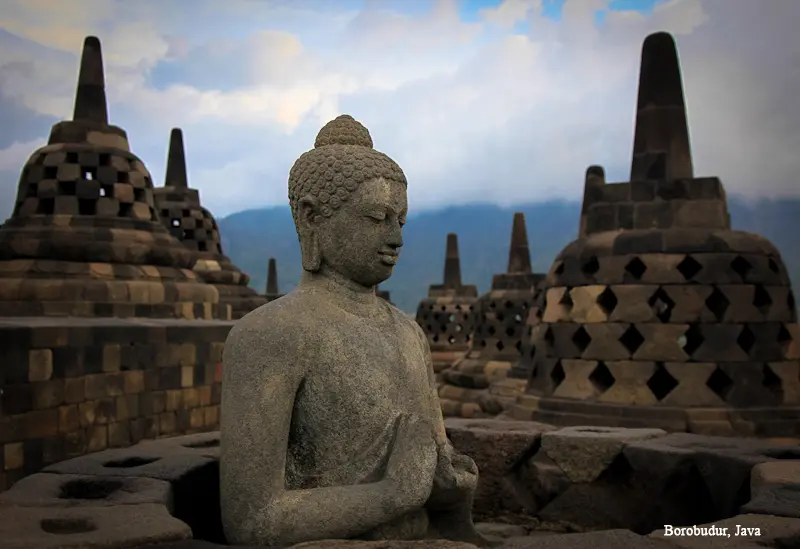
As for Bali, well, everybody heard of it and and most think of it as a quintessential tropical paradise. Unfortunately, it’s not quite so, and not so at all when you disembark from your plane and go to the nearby town of Kuta for the first time. Newsflash: beaches in southern Bali are disappointing at best. They are either too dirty, too rocky or too wavy to swim. There are a few good surfing beaches, sure, such as the famous Uluwatu, but getting around in Southern Bali means enduring deafening cacophony of scooter claxons and horrendous traffic. Sounds exciting enough? Well, what about the famed Hindu temples and yoga retreats that Bali is so famous for? Those places are mostly tucked away in hillsides around Ubud, an inland town about an hour north of the hideous Kuta/Denpasar agglomeration, depending on traffic. The scenery here is idyllic indeed, but Bali really does suffer from its own popularity. As nice as Ubud is, you will see more western tourists than locals and hotel and restaurant prices will shock you if you are a budget traveler. For true peace and quiet, it is worth exploring the north side of Bali, but my advice to you is not to spend too much time on this island at all as there is so much more to Indonesia. Even the nearby Lombok is a breath of fresh air compared to its more popular neighbour, and along with Gili islands, it offers an excellent alternative to Bali, especially if you are only seeking the beaches and the nature.
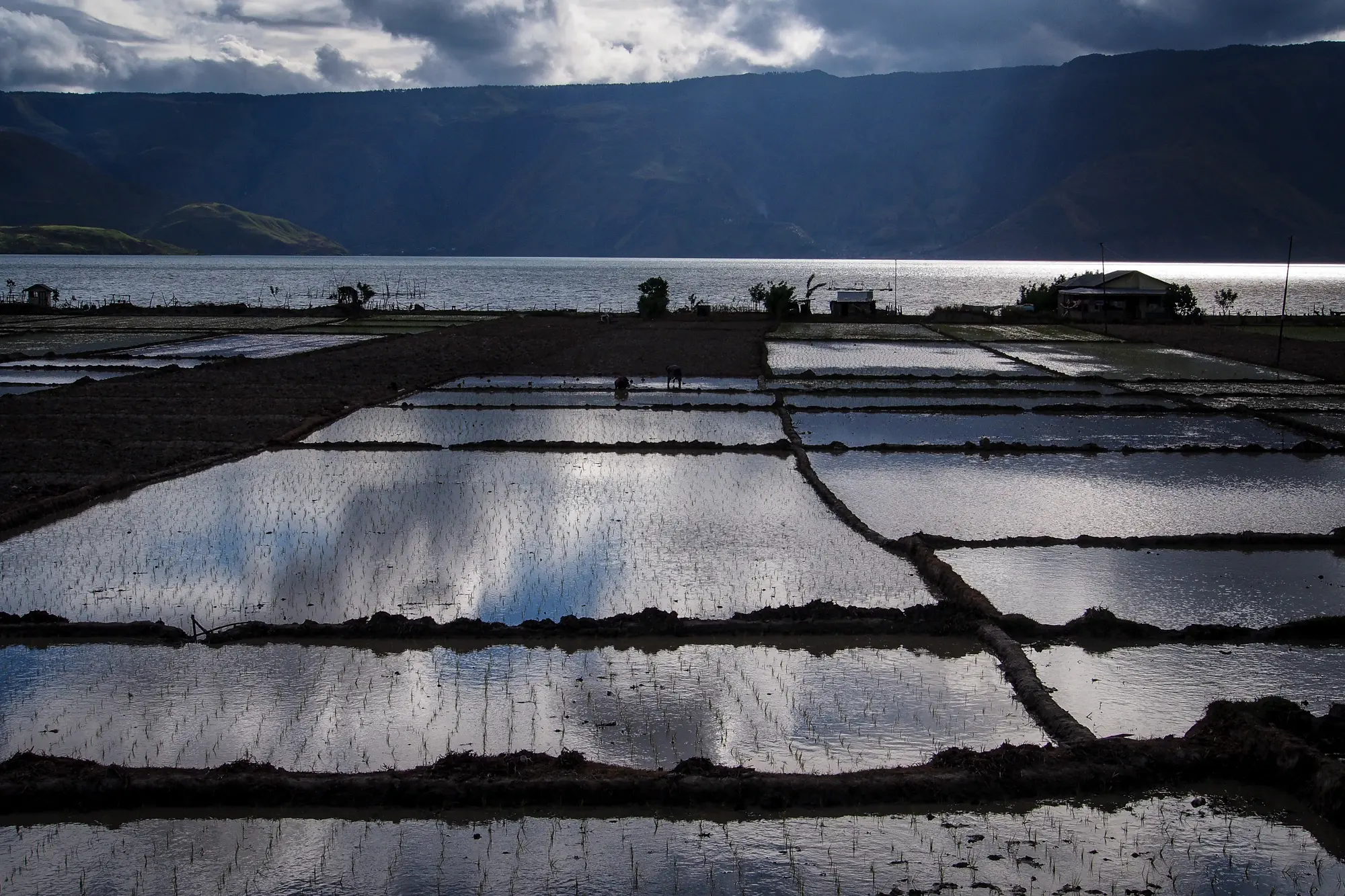
The gigantic Sumatra is mostly unexplored by westerners. It does have its relatively well-known spots of interest, such as the magnificent lake Toba and the orangutan sancuary of Bukit Lawang, but if you are a true backpacker, you will take your time visiting the endless coastline and interior mountains of this huge island. You can start with its northernmost tip, Aceh, which happens to be the strictest Muslim area of the entire country and at the same time, one of the best scuba diving spots. Then, you can explore Nias islands, Harau Valley, Kerinci Seblat National Park and Bukit Barisan Selatan National park, just to name a few sights.
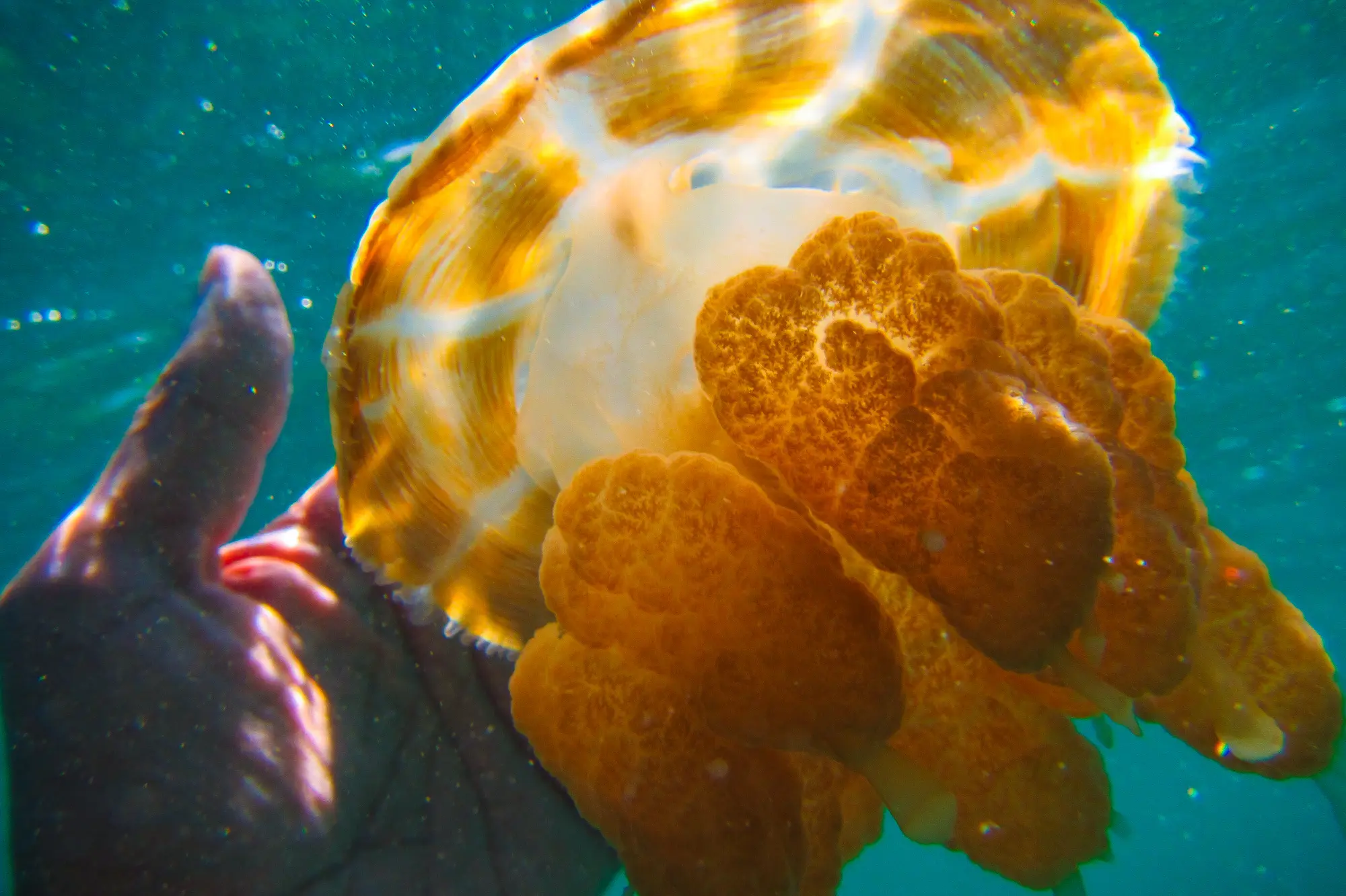
The enormous Borneo is even less explored by travelers than Sumatra, at least its Indonesian part called Kalimantan. The northern third of the island belongs to Malaysia (with a tiny Brunei tucked in for a good measure), and it is far easier to enjoy Borneo’s natural delights there. But the Indonesian part is slowly opening up for tourists who are interested in seeing its untouched expanses of jungle devoid of tourism before they are destroyed to make place for palm tree plantations. The travel here is mostly about rivers that criss-cross the islands dense mass of jungle. Yes, despite all the logging and mining, there is still thousands of square kilometres of tropical rainforest remaining on Borneo, hiding not only wild animals such as orangutans, but also tribal long houses, some of which are accessible for tourists. And don’t forget the islands off the mainland, such as Dewaran archipelago, one of which is home to a rarely occurring lagoon with stingless jellyfish. Getting there is half of the excitement as it involves roughly 2 hours by speedboat.
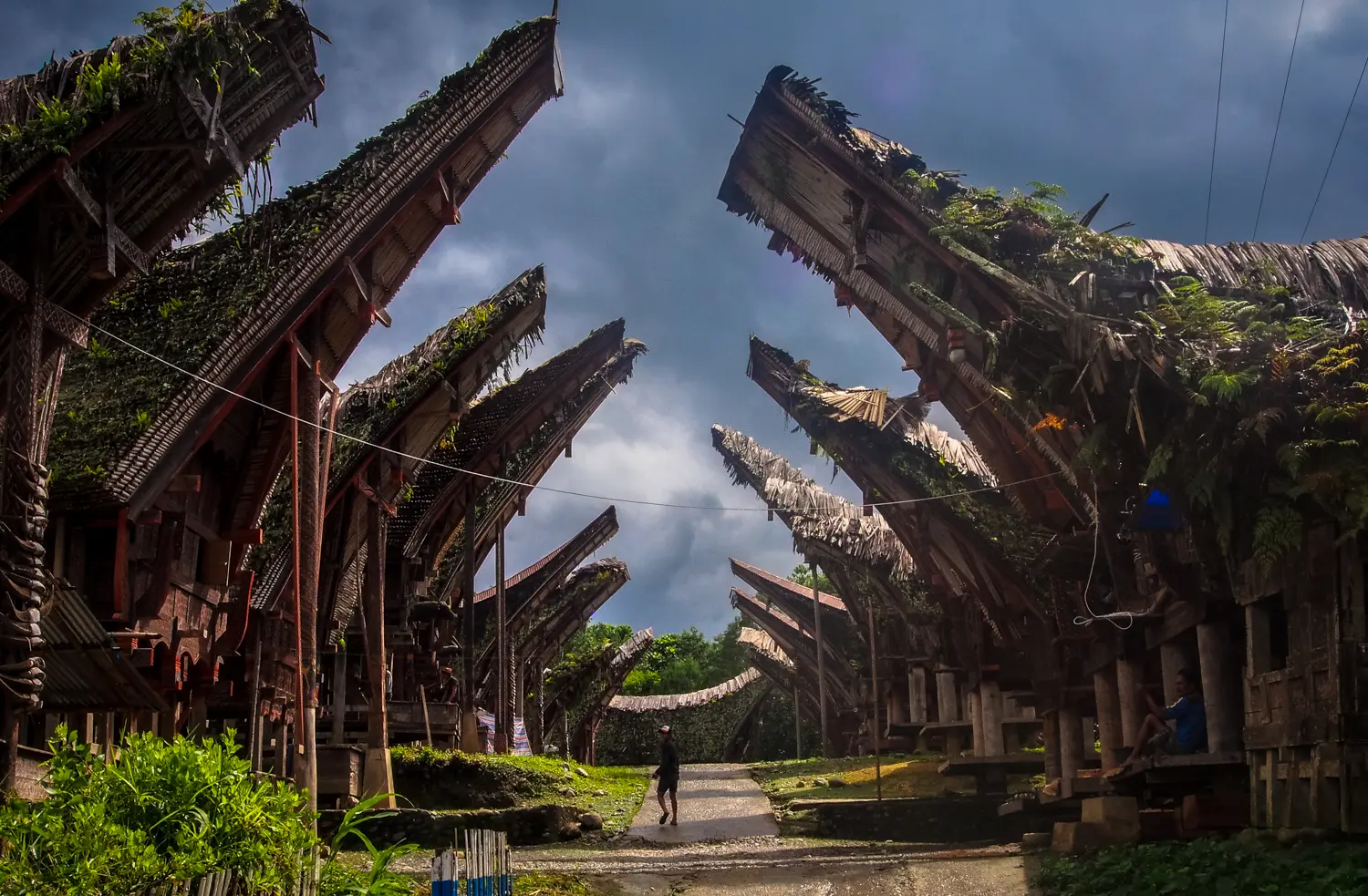
Crazy-shaped Sulawesi island is known for its Tana Toraja area – a curious place where locals live with their dead for months until they can afford to bury them properly. Visit to this fascinating area is rapidly becoming one of Indonesia’s highlights (with the tourism developments, alas). Sulawesi also has world class scuba diving in its northern peninsula, and Makassar, its capital with an old Dutch fort, is a pleasant city to spend a day or two and enjoy some great seafood while watching sunsets.
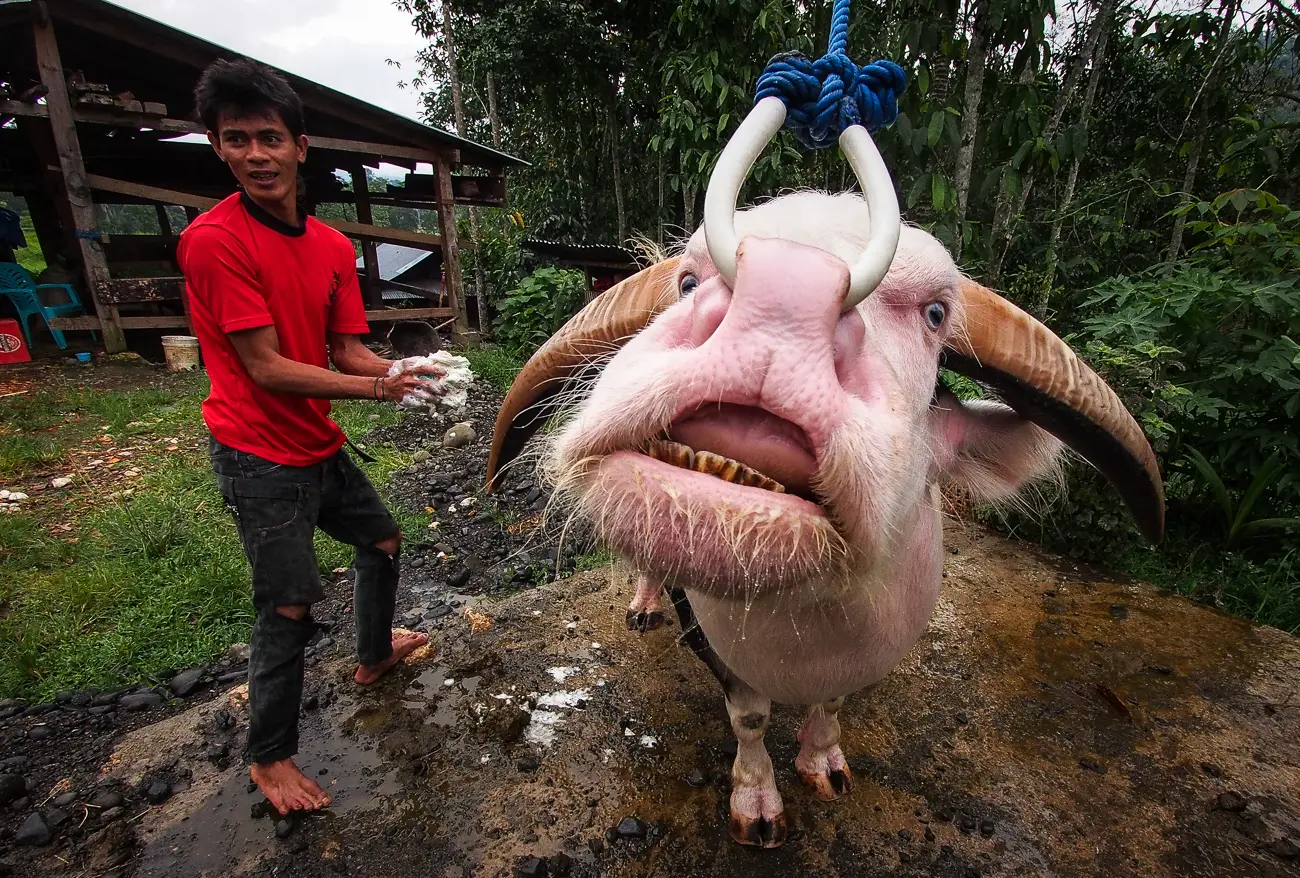
In the south, there is a long chain of lesser Sunda islands starting from Lombok and all the way to Timor, with Sumbawa, Sumba, Komodo islands and Flores in-between. Lesser they might be, but some of these isles are pretty huge by non-Indonesian standards.
Komodo is the star attraction here, but don’t just rush here to see the dragons; Sumbawa island is also well worthy of your exploration, with great white sand beaches, waterfalls and for the ultimate travel challenge, you can attempt to climb the barely accessible Mount Tambora, the source of the biggest volcanic eruption in recorded history. Then you’ve got the the fairly big and fairly out of the way island of Sumba. It is somewhat of a mystery even for Indonesian tourists (which you should befriend to visit here, as English will be almost never spoken), so you can really feel like a true explorer here. It boasts some very nice beaches, coastal rock formations and the badland-like interior.
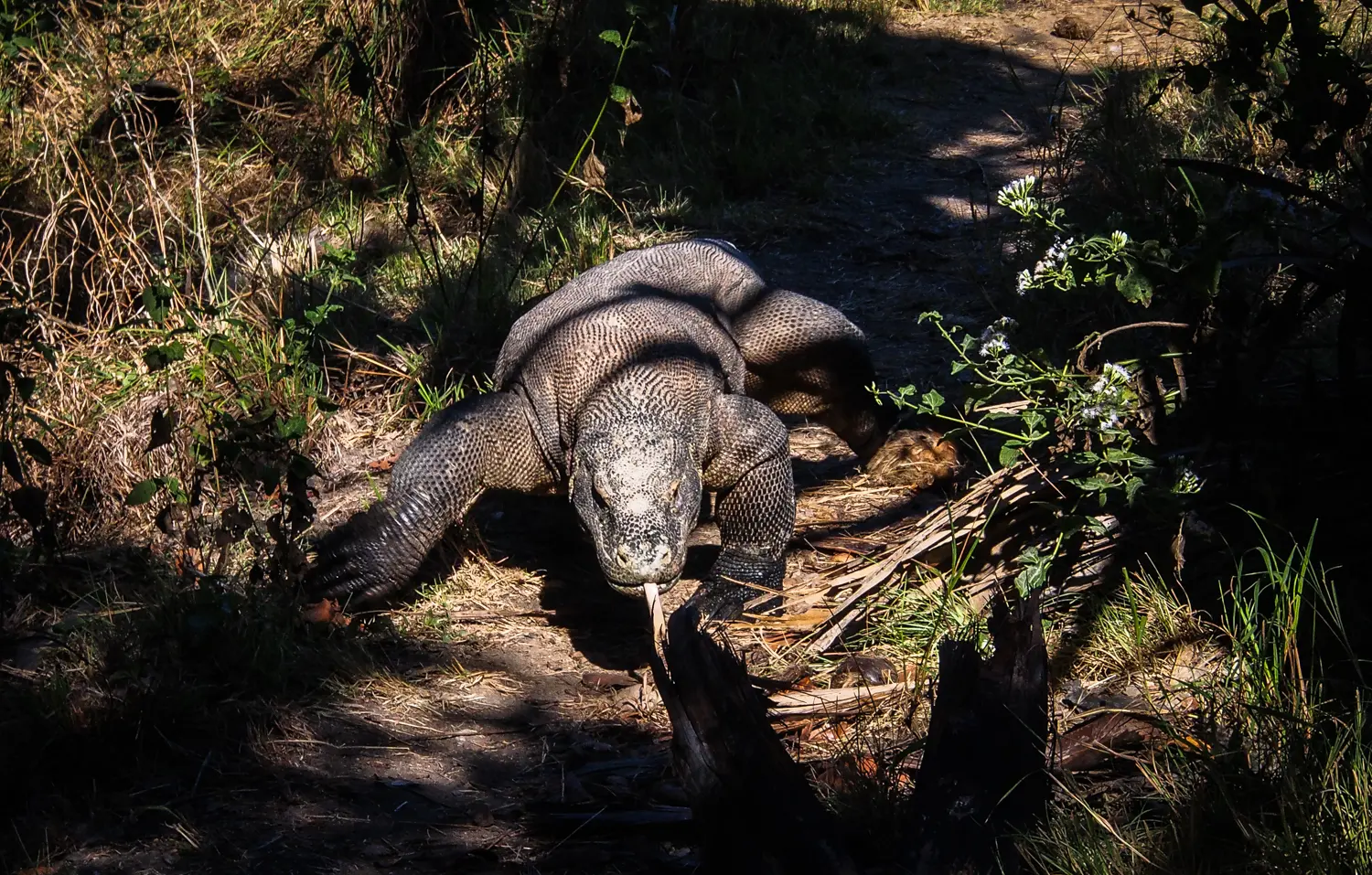
As you can already tell, volcanism is a big part of Indonesia’s natural attractions, which is no surprise: the country has well over a hundred of volcanoes, many still active. The island of Flores is no stranger to volcanoes, either, and its main attraction, Kelimutu Lakes, is nothing but water-filled volcanic craters. Get here for sunrise to see the multi-coloured lakes in dusk light. Flores also has some fantastic scuba diving.
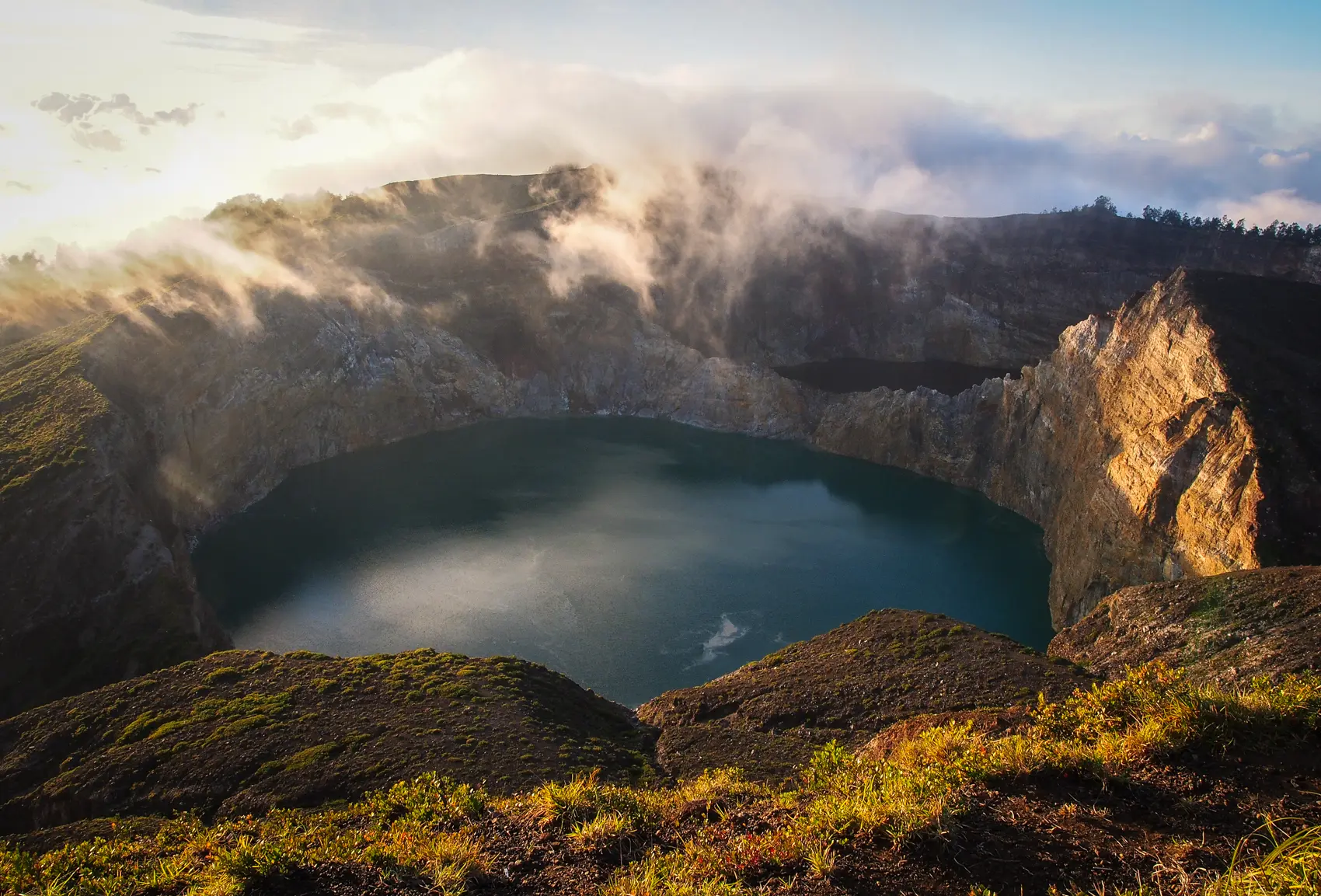
Going east to Maluku province, you are getting even further away from the hustle and bustle of the touristy Southeast Asia. Here, you can visit the historically fascinating islands such as the Bandas, Ambon, Ternate and Tidore. These islands, especially the Bandas, were the area of major battles between the European powers aiming to control the lucrative spice trade back in 16th-18th centuries. Nutmeg, one of the most valuable spices of those times, grew only on a few tiny specks of land in the Bandas, yet bestowed unimaginary wealth upon the marine merchants who were able to bring it thousands miles across the seas to Europe. You can visit these islands now, watch the nutmeg cultivation and maybe buy a jar to feel like a million bucks.
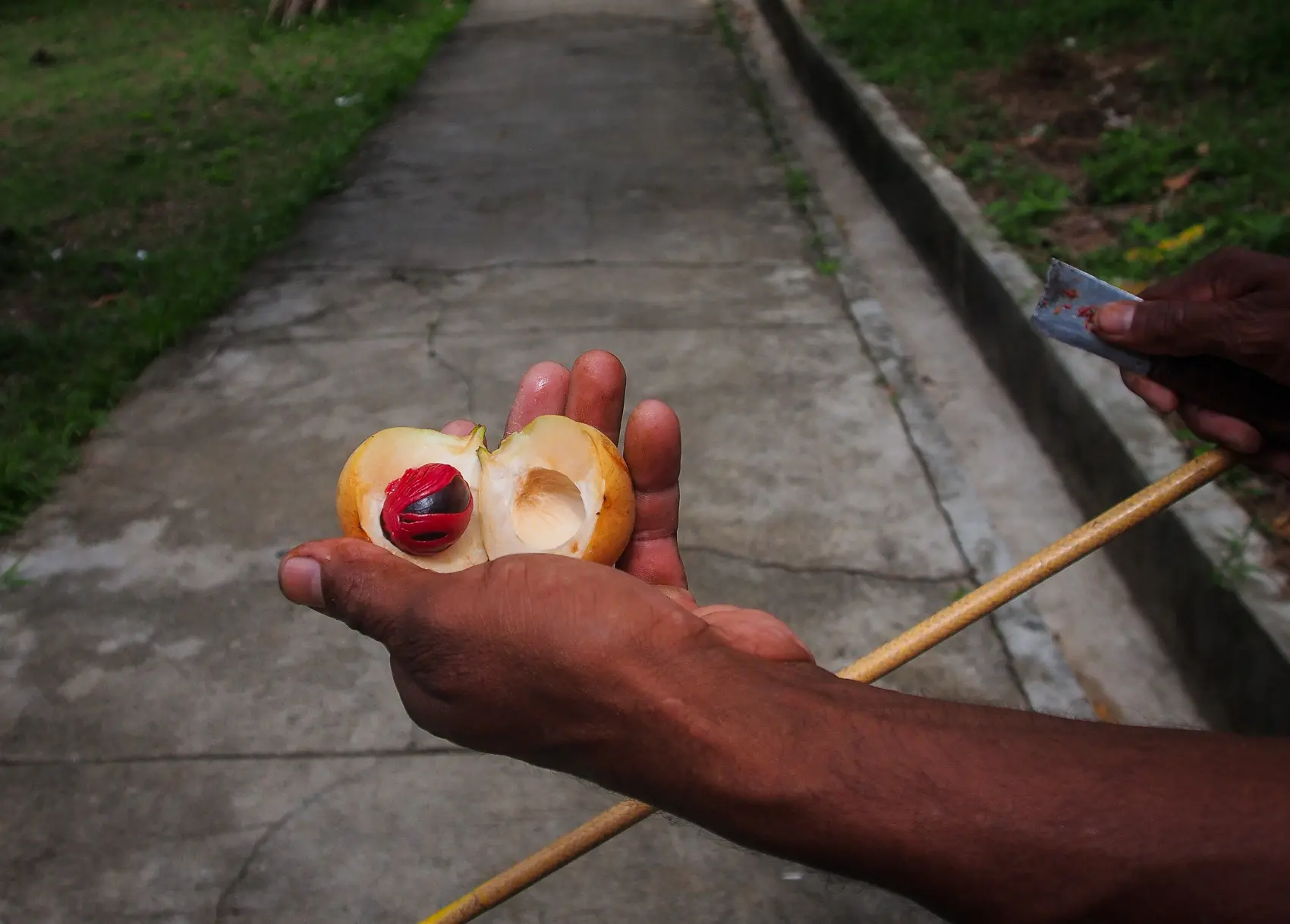
Finally, if you are truly adventurous, you can explore the aboriginal cultures of the Indonesian New Guinea also known as Papua province. This is the place to visit if you ever wanted to go to Papua New Guinea but are held back by the lawlessness and lack of infrastructure of that country. In Indonesian Papua, you are getting the same terrain, same flora and fauna, same incredible linguistic and cultural diversity of the aboriginal people but with relative ease. Relative is always a key word, though, as it is anywhere in Indonesia. And don’t forget about Raja Ampat, one of the world’s top scuba destinations that sits at the top of the province. Despite being the more “civilized” part of New Guinea island, Papua is still much less developed than the rest of Indonesia, and due to that, you will pay top dollar for getting around. And with Raja Ampat, as all hyper-popular scuba destinations, you will pay much more than the average cost for scuba diving in Southeast Asia for just about everything, starting with a $100 permit to just be there.
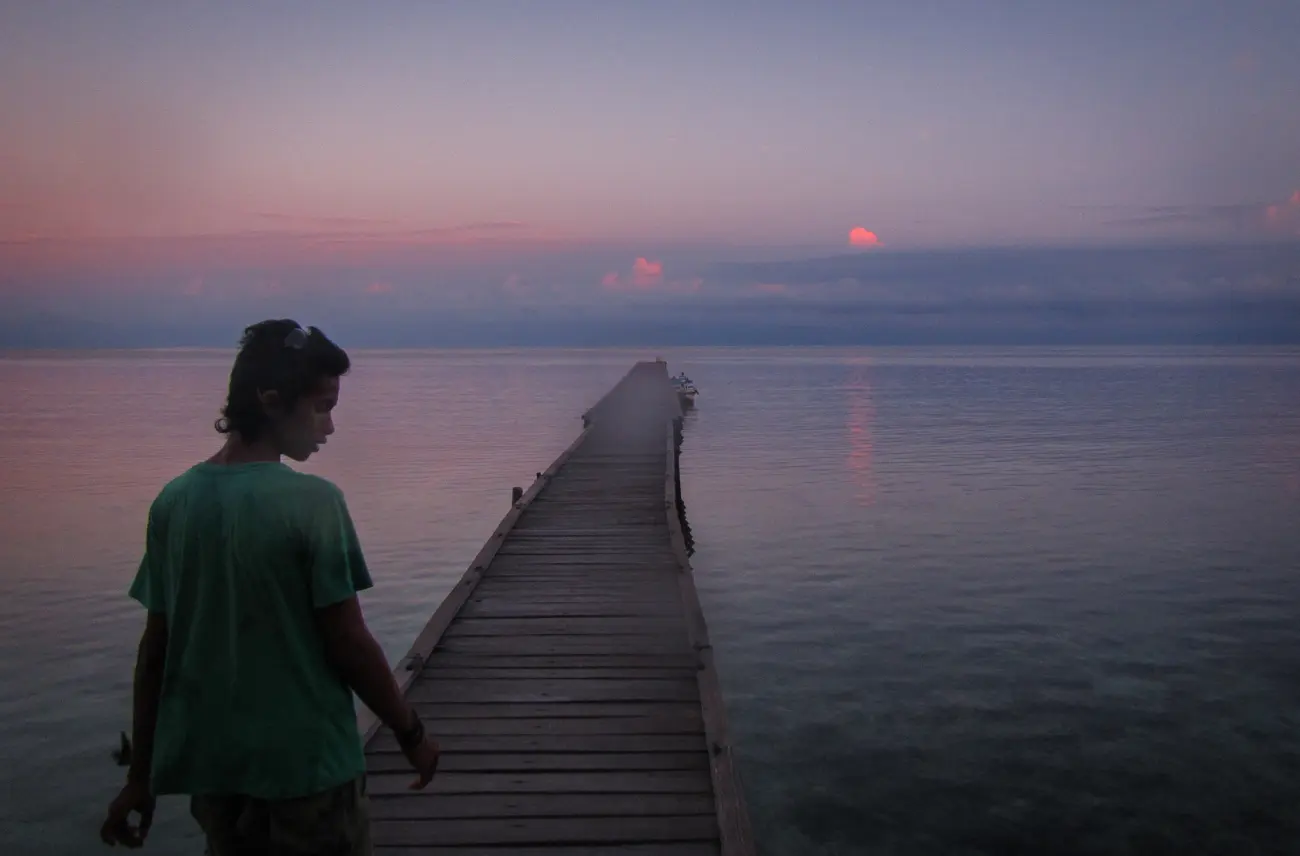
Still, Indonesia overall is one of the cheapest countries of the region, if not the world. It is a huge country, both by area and population. You will see a lot of poverty. As predominantly Muslim country, it is socially pretty conservative – you will never see the frivolities of Thailand, Cambodia of Philippines here, thus it is not a relaxing, hedonistic destination unless you stay on a resort in Bali. Real Indonesia requires some legwork, but if you do make the effort, it will open up virtually unlimited, raw travel opportunities to you.
I recommend 6-8 weeks of time to begin with and focussing on parts of the country rather than its entirety unless you have unlimited time.
